The crew survived and wants to study the shock wave in more detail. It can be assumed that the shock wave travels through a stationary flow of an ideal polytropic gas which is adiabatic on both sides of the shock. Properties in front and behind a shock are related through the three Rankine-Hugoniot jump conditions (mass, momentum, energy conservation): P10 = P202 Pv+P1 = px} + P2 where ,,p, and h are the density, shock velocity, pressure, and specific enthalpy in front (1) and behind (2) the shock respectively. Shock front (a) Explain briefly the following terms used in the text above: 0) stationary flow (ii) polytropic gas (ii) specific enthalpy (b) Show with the Rankine-Hugoniot conditions that the change in specific enthalpy is given by: Ah = P2P (+) 2 The general form of Bernoulli's law is fulfilled on both sides of the shock separately: 22 · + +h= b where is the gravitational potential and ba constant. (c) Assuming that the gravitational potential is the same on both sides, determine how the con- stant b changes at the shock front. (d) Explain whether Bernoulli's law can be applied across shock fronts.
"
Question:
Problem B.2: Shock Wave
This year’s qualification round featured a spaceship escaping from a shock wave .
The crew survived and wants to study the shock wave in more detail. It can be assumed that
the shock wave travels through a stationary flow of an ideal polytropic gas which is adiabatic on
both sides of the shock. Properties in front and behind a shock are related through the three
Rankine-Hugoniot jump conditions :
ρ1v1 = ρ2v2 ρ1v
2
1 + p1 = ρ2v
2
2 + p2
v
2
1
2
+ h1 =
v
2
2
2
+ h2
where ρ, v, p, and h are the density, shock velocity, pressure, and specific enthalpy in front
and behind the shock respectively.
Shock front
v2, ρ2, p2, h2 v1, ρ1, p1, h1
Explain briefly the following terms used in the text above:
stationary flow
polytropic gas
specific enthalpy
Show with the Rankine-Hugoniot conditions that the change in specific enthalpy is given by:
∆h =
p2 − p1
2
·
�
1
ρ1
+
1
ρ2
�
The general form of Bernoulli’s law is fulfilled on both sides of the shock separately:
v
2
2
+ Φ + h = b
where Φ is the gravitational potential and b a constant.
Assuming that the gravitational potential is the same on both sides, determine how the constant b changes at the shock front.
Explain whether Bernoulli’s law can be applied across shock fronts.
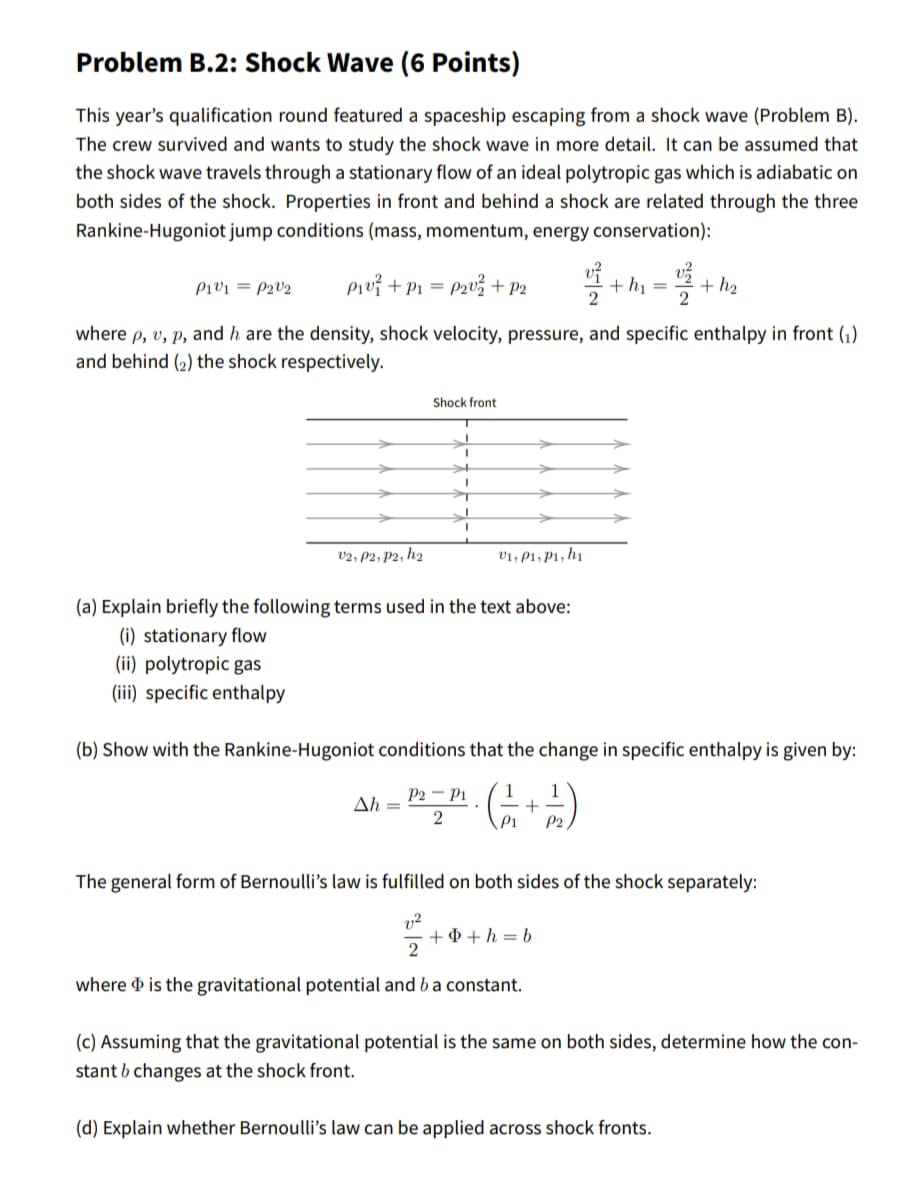
Answer:
Bartleby policy allows me to answers only three question
Ans a
Stationary Flow
A flow in which the velocity of the fluid at a particular fixed point does not change with time means
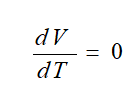
This is known as stationary flow
Polytropic Gas
A gas is called polytropic gas if it obeys the polytropic thermodynamic process means

Specific Entropy
It is the total energy in the system due to pressure and temperature per unit of mass in that system.
Application
It is used in thermodynamics equation when one wants to know that energy for a given single unit of mass of the substance
SI unit of specific enthalpy is KJ/Kg.
Ans b
Show with the Rankine-Hugoniot conditions that the change in specific enthalpy is given by:

First, Let derive an expression for (Vx,1)2 and (Vx,2)2
where 1 and 2 denote for initial and final states
Since,
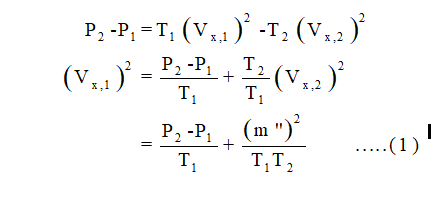
Similarly,
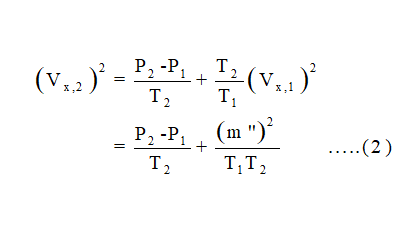
From 1 and 2

Now, derivation of the Rankin relation energy equation and ideal gas law

Now, substitute momentum equation 3 into the energy equation 4. we get
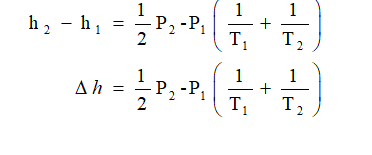
This is the final Rankine-Hugoniot releation
Ans d
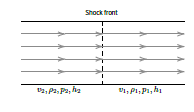
since at shock first, we already see that in the derivation of Rankine equation. That there is conservation of mass, momentum, and energy
Therefore, we derived 4 equations for the momentum equation which is the Bernoulli equation.
